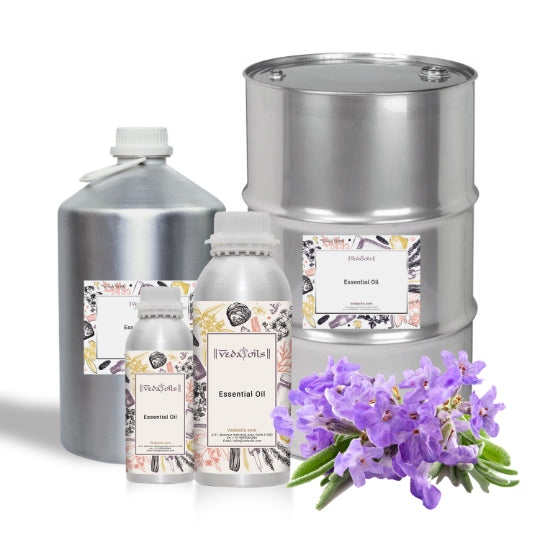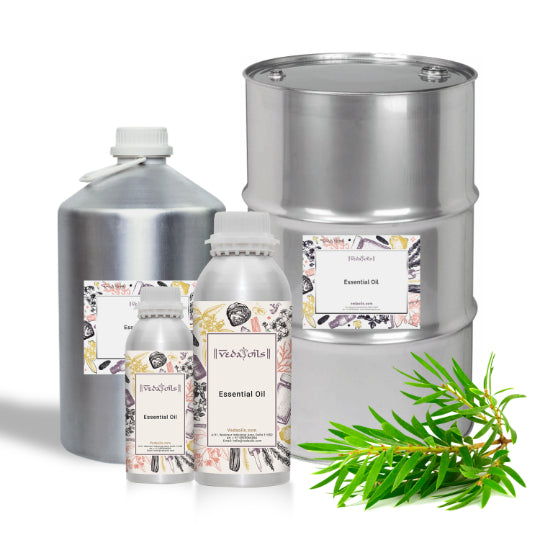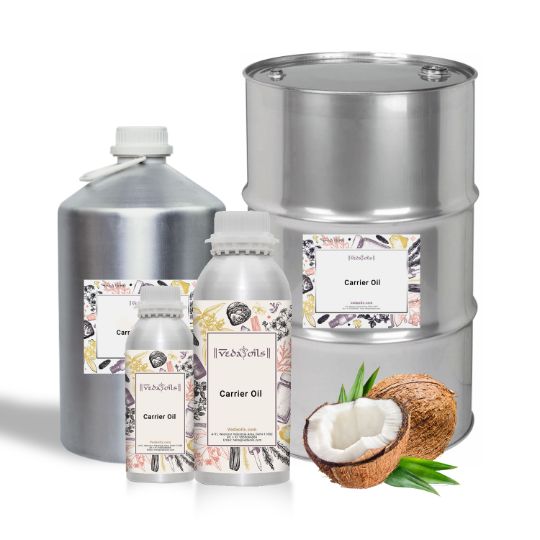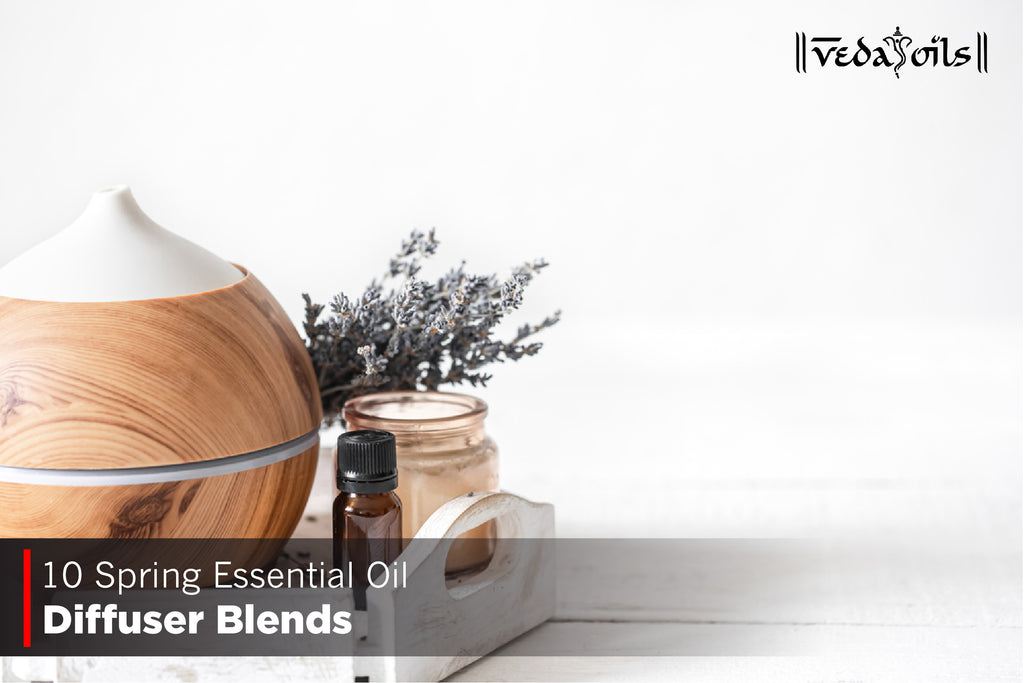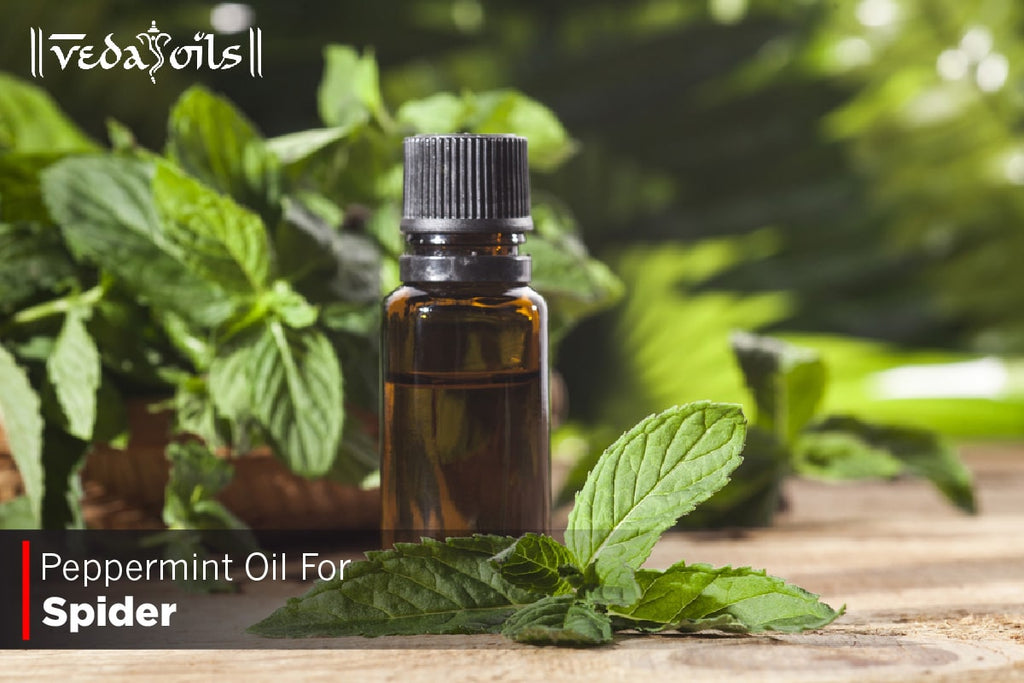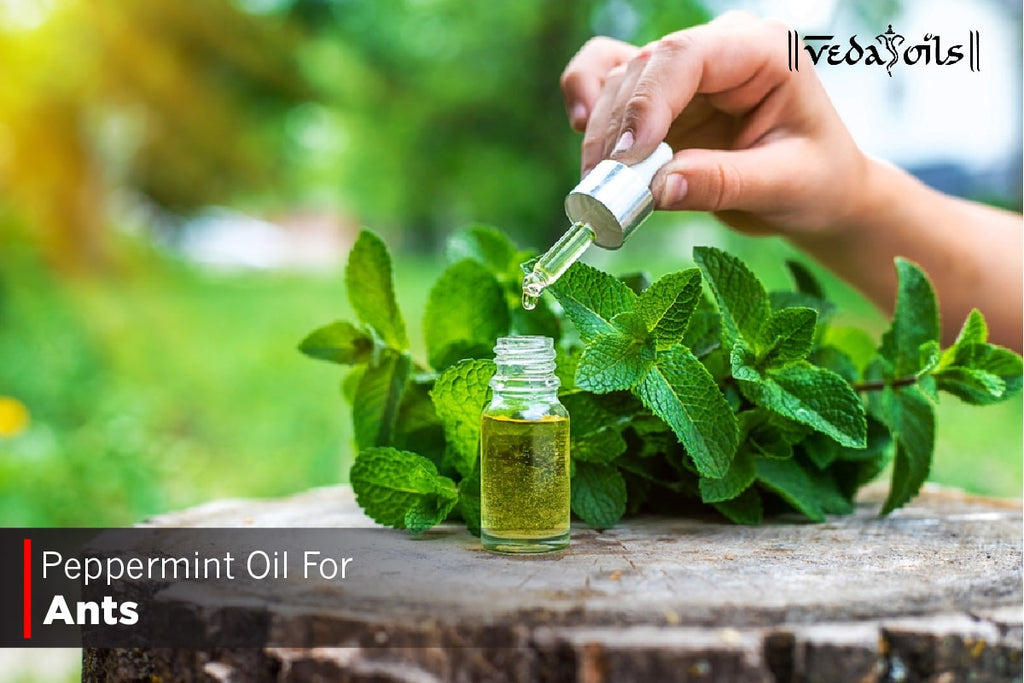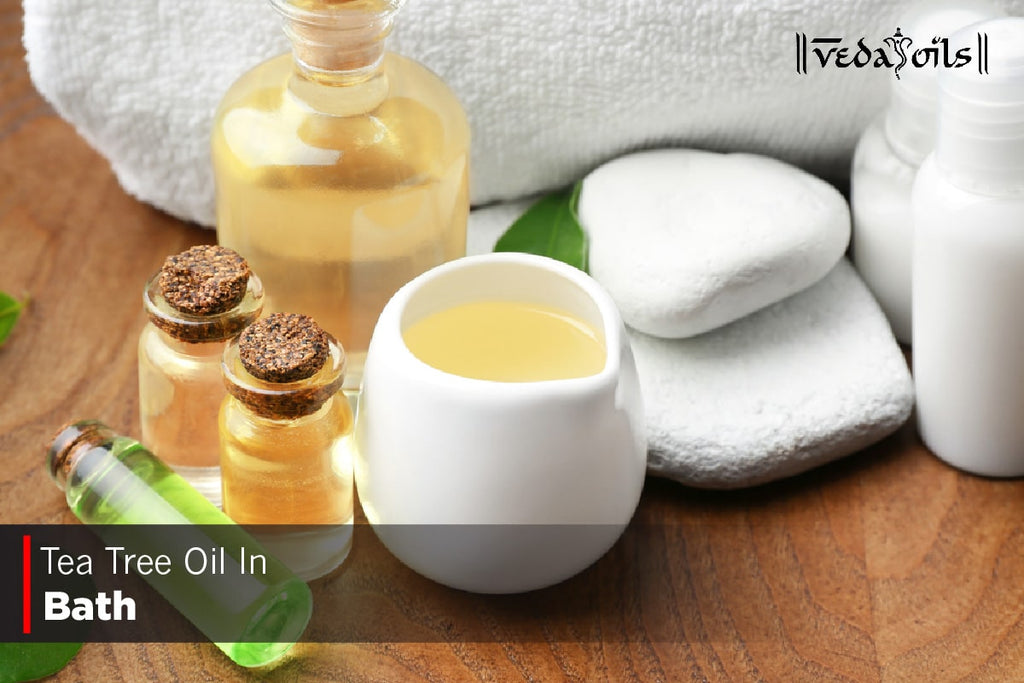If you trust natural recipes, you probably know about Tea Tree oil. This natural essential oil is one of the most researched natural remedies for various ailments. Out of all the things in which tea tree essential oil helps, yeast infection is one of the most prominent ones.

Yes, the benefits of tea tree oil for yeast infections have been really popular in the wellness industry, and it is a great alternative to those chemical drugs that help treat yeast infections. So, today, in this blog, we will discuss the benefits of tea tree oil for yeast infection, how to use it, and many more. Let’s dive in.
Tea Tree Oil Benefits For Yeast Infection
Tea tree oil is abundant in many properties that make this oil very beneficial for yeast infection. To make you understand them better, we have compiled a list of tea tree oil benefits for yeast infection. Let’s discuss each benefit in detail.
Antifungal Properties
These properties help in restricting the growth of candida, which is a yeast responsible for most of the yeast infections.

Tea tree oil contains compounds like terpinen-4-ol, which has potent anti-fungal properties. Applying diluted tea tree essential oil to the affected areas can be beneficial in reducing the overgrowth of yeast.
Anti-inflammatory Properties
Tea tree essential oil also contains anti-inflammatory properties, which help reduce the itchiness and inflammation caused by yeast infections.
In addition to that, it also helps reduce the discomfort associated with yeast infections. Moreover, it also helps reduce redness caused by the infection.
Antiseptic and Antibacterial Qualities
When treating secondary bacterial infections that may accompany yeast infections, this can be helpful.

Natural antiseptic and antibacterial properties are present in tea tree oil. It can aid in the prevention of certain illnesses and assist general recovery.
Balancing The Micro biome
Another benefit of tea tree oil for yeast infection is that it may aid in restoring the natural balance of the affected area.
This is done by reducing the overgrowth of candida, which allows beneficial bacteria to thrive. As a result, it contributes to a healthier skin microbiome.
Natural Alternative
Many people would rather use natural therapies, such as tea tree oil, rather than potentially harmful over-the-counter antifungal medicines.

Tea tree oil is one of the best natural remedies to fight yeast infections. It provides a more comprehensive method of treating yeast infections.
How To Use Tea Tree Oil For Yeast Infection On Skin?
Now that we know the amazing benefits of Tea Tree oil for yeast infection on the skin, it's time to learn how to use tea tree oil for yeast infection on the skin.
1. Coconut Oil And Tea Tree Oil For Yeast Infection
Combining coconut oil with tea tree oil can be a powerful approach for addressing yeast infections:

- All you have to do is combine a few drops of tea tree oil with a teaspoon of coconut oil.
- Now mix it well and create a soothing antifungal cream.
- Apply the mixture to the affected skin.
- Use this mixture 2-3 times a day until the infection improves.
2. Baking Soda And Tea Tree Oil Bath For Yeast Infection
Another combination that you can use is baking soda and tea tree oil to get relief from yeast infections.

- Run a warm bath and add about ¼ to ½ cup of baking soda.
- Now, stir in it to help balance the skin’s pH.
- Add 3-4 drops of tea tree oil to the bath.
- Stir to ensure it’s well dispersed.
- Now, soak in the bath for 15-20 minutes, ensuring the affected area has been submerged.
- After the bath, gently pat yourself dry with a clean towel.
3. Tea Tree Oil And Honey For Yeast Infection
Last but not least is the amazing combination of tea tree oil and honey for yeast infection. Honey has natural antifungal properties, and thus, when combined with tea tree oil, it comes up as a great natural remedy for yeast infection.

- Mix 2-3 drops of tea tree oil with a teaspoon of honey to create a paste.
- Now, apply the mixture to the affected area.
- Leave it on for about 15-20 minutes.
- Gently rinse the area with warm water, and pat dry it.
- Make sure the area remains clean and dry.
Frequently Asked Questions
Here are some frequently asked questions about Tea Tree Oil For Yeast Infection:
Q: How Long Does It Take For Tea Tree Oil To Kill Yeast Infection?
Ans: In general, there is no fixed time for tea tree oil to kill yeast infection. That’s because the time can vary from person to person and also depends on the severity of the infection.
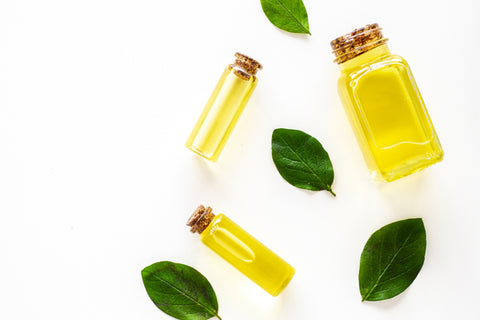
Q: How Do You Apply Tea Tree Oil For Yeast Infection?
Ans: The simplest way to use tea tree oil for yeast infection is by diluting the tea tree oil with a carrier oil of your choice. After that, mix it well and apply it to the affected area at least 2-3 times a day.
Q: How To Mix Tea Tree Oil For Yeast Infection?
Ans: To mix tea tree oil for a yeast infection, add 2-3 drops of tea tree oil to a tablespoon of carrier oil. It can be coconut or olive oil and blend well.
Conclusion
In conclusion, Tea tree essential oil is a great natural remedy to fight yeast infections most safely. All you have to do is trust this natural ingredient, follow any of the above easy DIY recipes, and see the magic happening yourself. It's time to start believing in the power of essential oils!


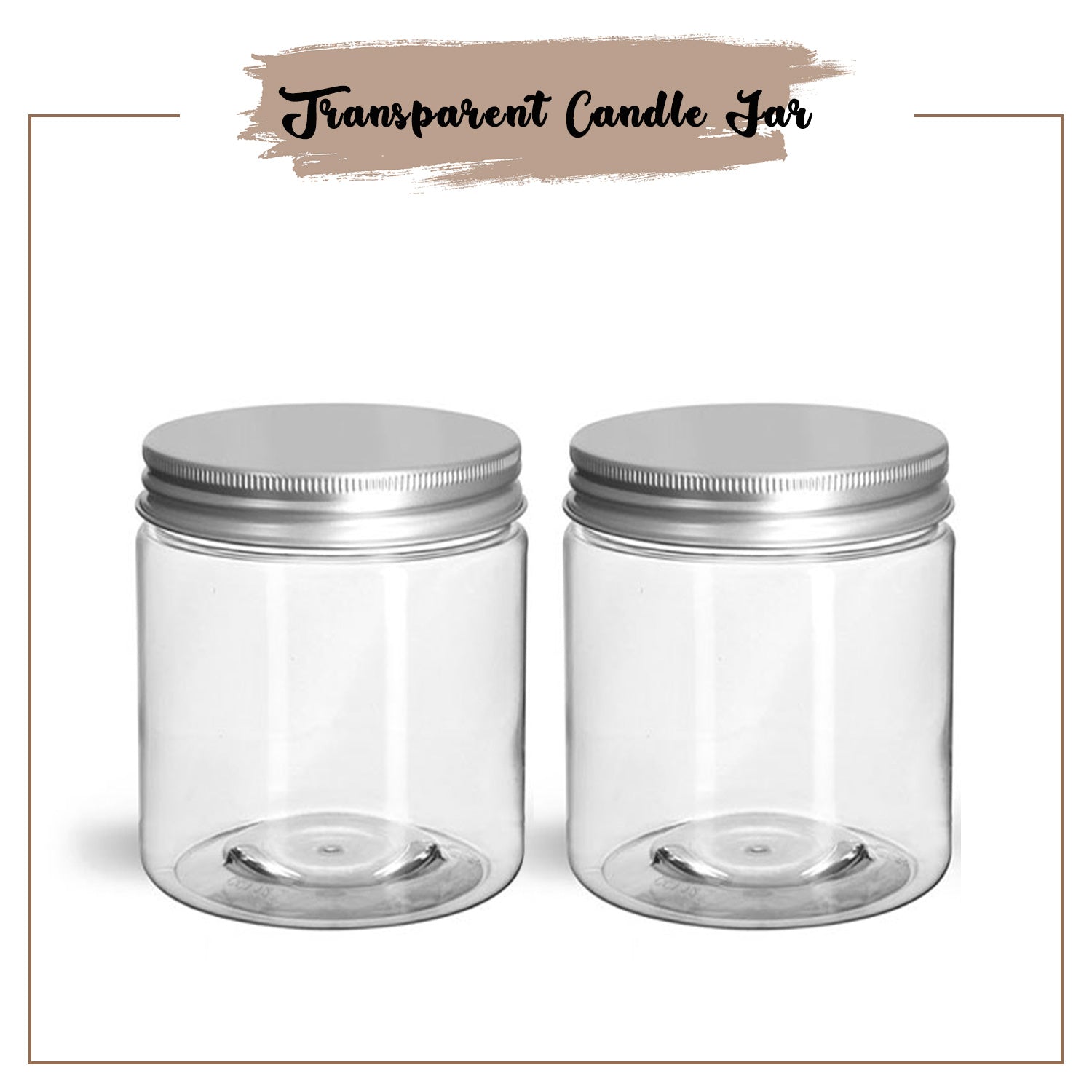

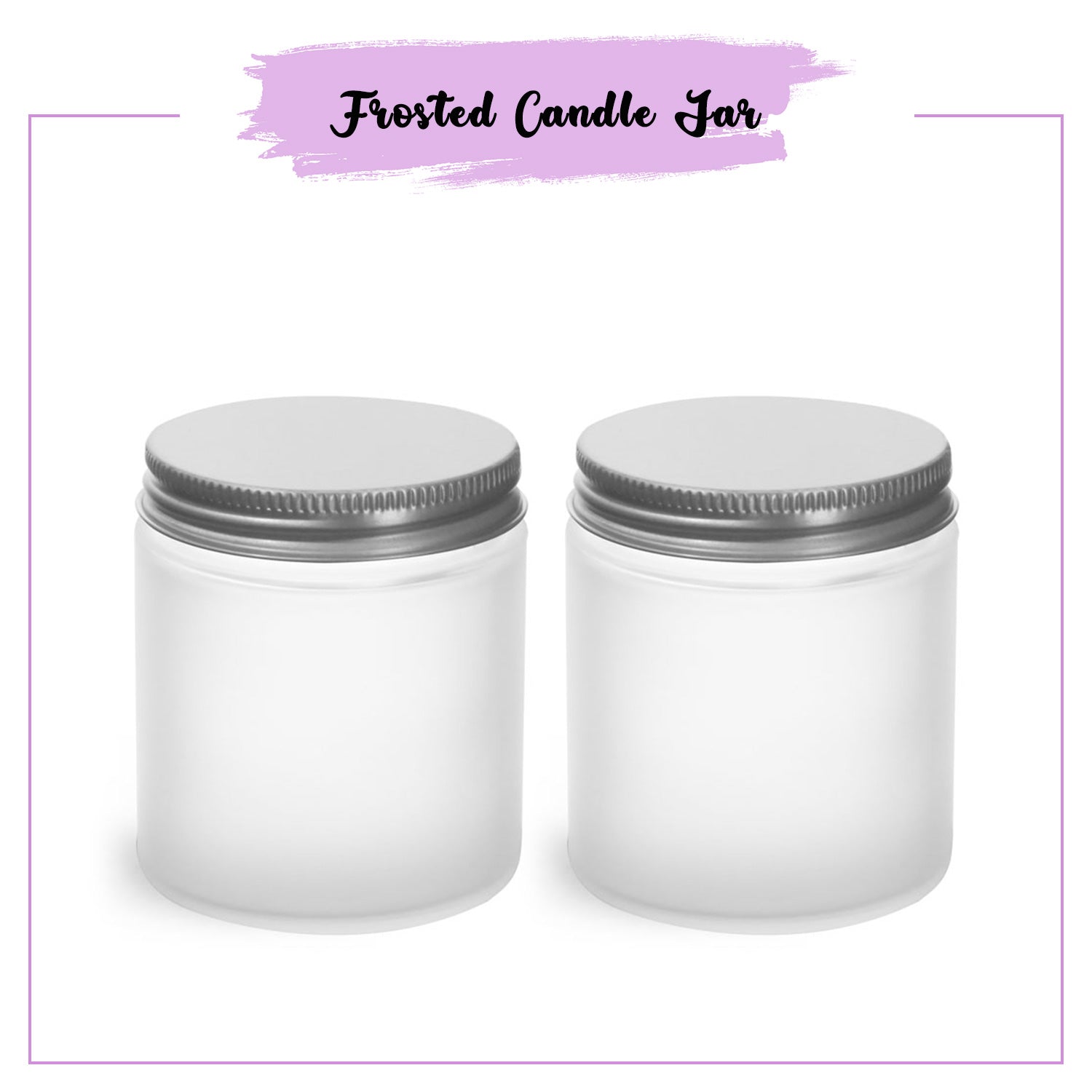



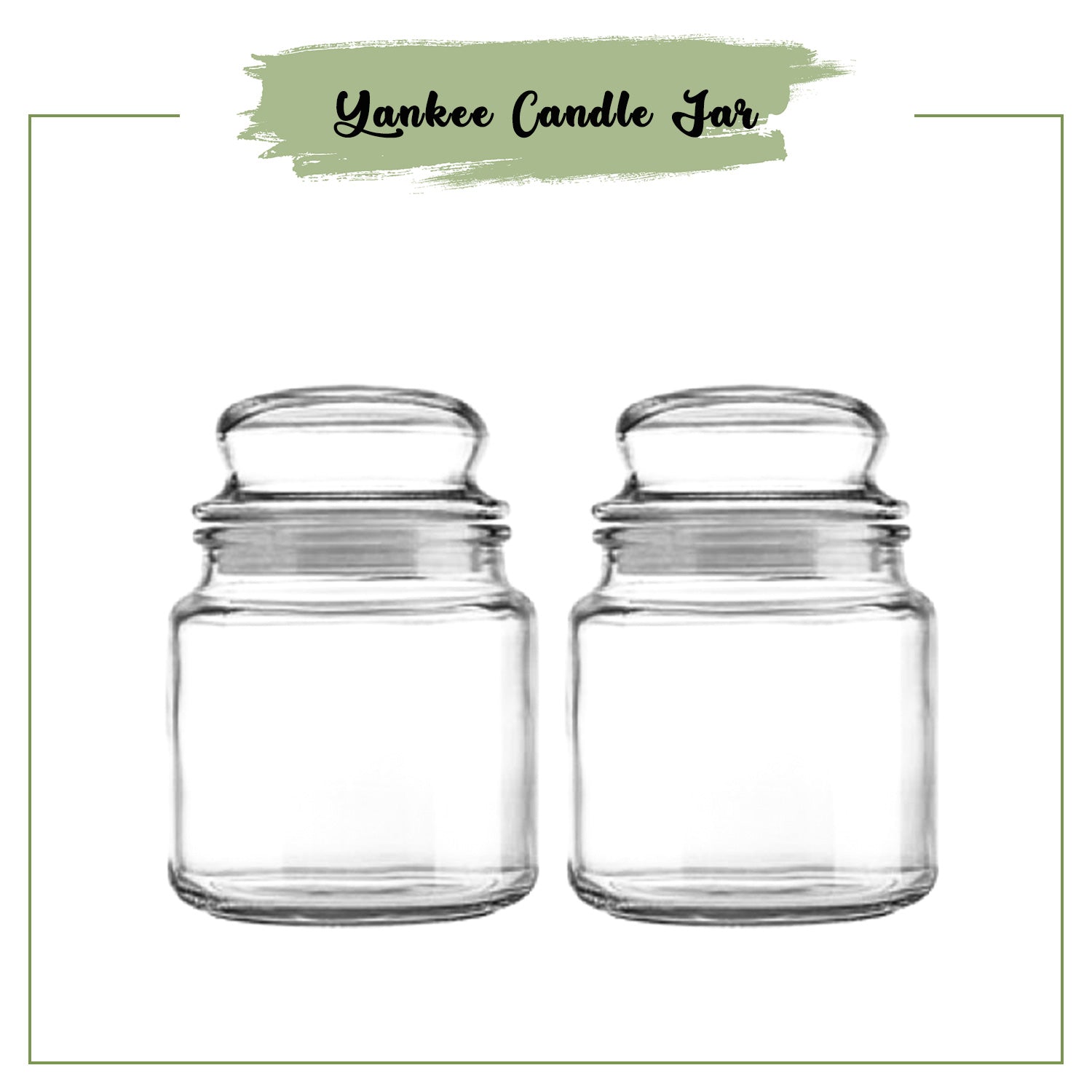

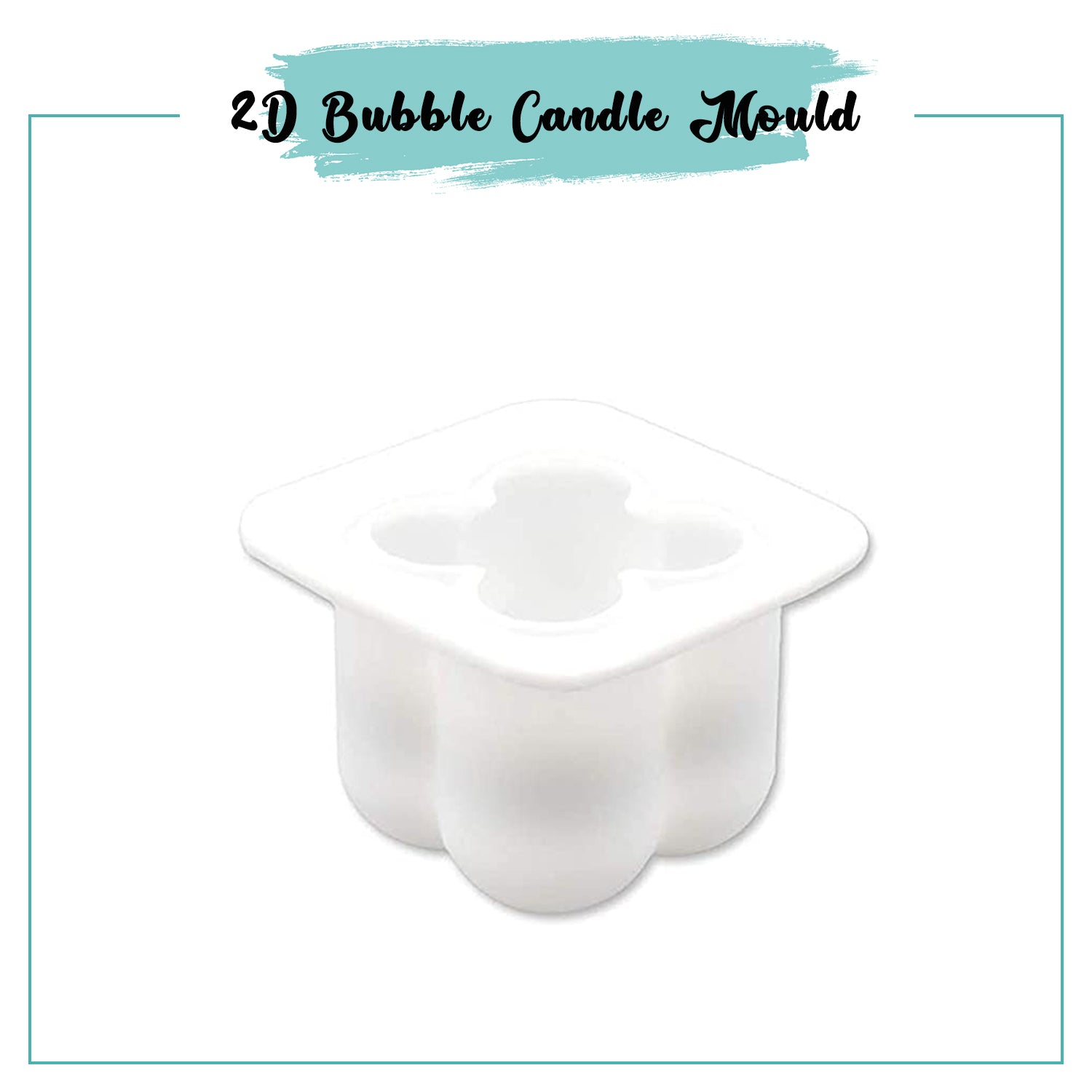


 Sign in
Sign in Register now
Register now My Reward Points
My Reward Points


